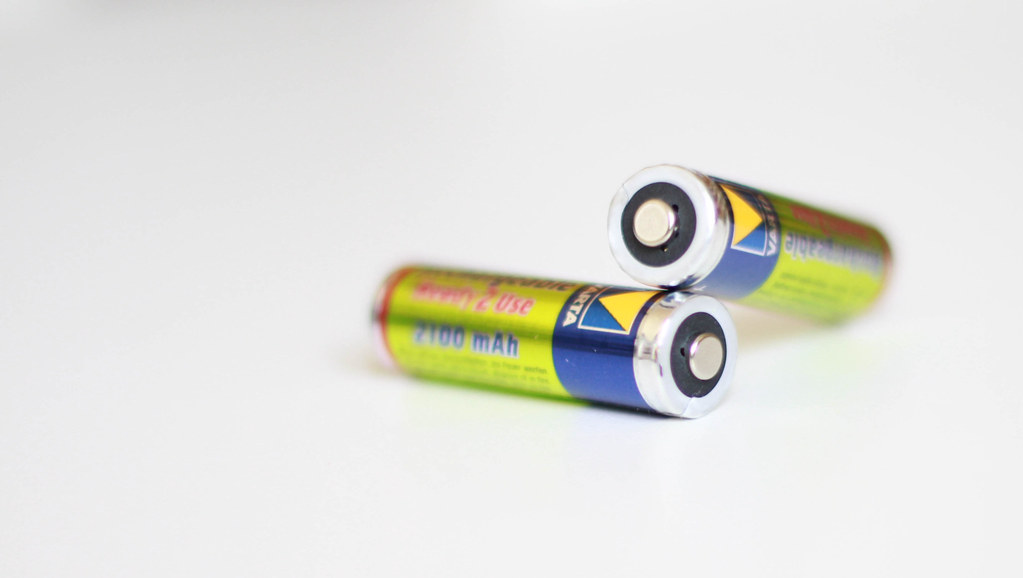
Photo credit Tom Raftery
I published this post on the IBM Global Eco Jam last week and it generated some interesting feedback so I thought I’d re-publish it here too to solicit your thoughts –
I was at the NewNet CleanTech Investors Summit in London last November.
At this event a poll was taken asking which CleanTech issues were perceived as being most important/having the most potential by the investment community – the answers were Energy Efficiency and Energy Storage.
I have seen several posts here on efficiency but none on energy storage so I said I’d start one.
What are the most interesting energy storage solutions people are seeing emerging.
I’ll kick off –
The two most interesting I have seen are
1. Thermal storage using heavily insulated bricks (!) for domestic energy storage (resistive heating) and
2. Metal air batteries – zinc air batteries are scheduled to come to market later this year. Zinc is abundant, cheap, non-toxic, non-explosive and readily recyclable. Zinc air batteries have an energy density about two to three times that of lithium ion batteries.With that energy density and price point, it should be possible to build utility scale storage (allowing renewables to store excess energy when the wind is blowing strongly, and sell it when the wind drops or demand increases, for example).
Are there any other options people are seeing (and let’s leave pumped hydro out of this discussion – it is old tech, expensive and has significant environmental impacts).
One of the respondents pointed me to news out of Stanford in December that Stanford scientists are harnessing nanotechnology to quickly produce ultra-lightweight, bendable batteries and supercapacitors in from everyday paper!
What other interesting forms of energy storage have you come across?

